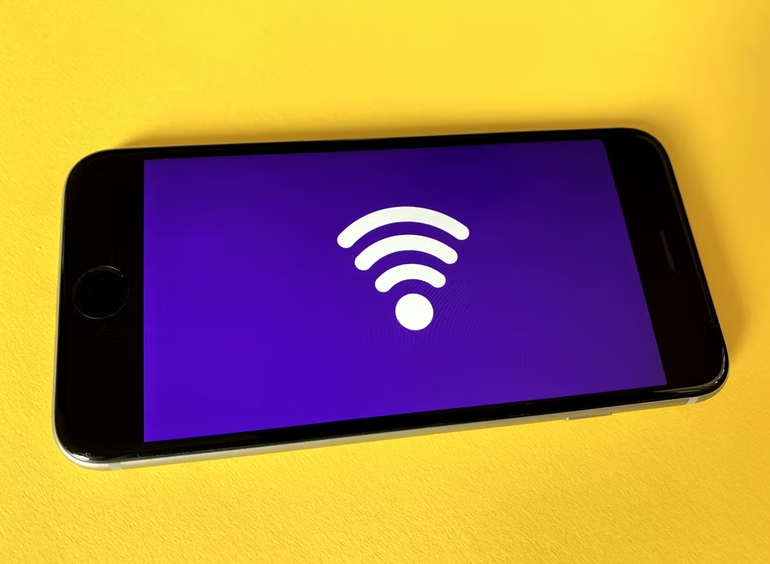
Even though Wi-Fi 6E is still being used, a demonstration of the upcoming Wi-Fi 7 standard showcased transfer speeds that might remove the need for Ethernet cables.
Wi-Fi 7 Specs and Speed
Wi-Fi 7 is the latest specification for Wi-Fi devices currently in the works. It was published in May 2021 and is based on the draft 802.11be standard. However, Wi-Fi 7 has not yet been approved by the FCC, according to How to Geek.
What makes Wi-Fi 7 very promising is the possibility of making wired Ethernet connections obsolete for both home users and professionals.
Wi-Fi 7 can support a bandwidth of up to 30 gigabits per second or Gbps per access point, which is 3x as fast as the maximum 9.6 Gbps speed of Wi-Fi 6. It is called Extremely High Throughput or EHT.
Currently, Ethernet technology uses up to 10 Gbps, although it is basically non-existent in consumer devices.
Also Read : Choosing the Best Wi-Fi 6 Routers
Even though higher speeds like Terabit Ethernet are available in specialist settings like data centers, its arrival in small business settings or home settings is far off.
For current users of both Gigabit and 10 Gigabit Ethernet, Wi-Fi 7 has the power to replace the need for wired internet connections under certain conditions.
Wi-Fi 7 Features
Aside from the potential for very fast speeds of Wi-Fi 7, the Wi-Fi Alliance plans to include other notable improvements to the Wi-Fi standard.
Wi-Fi 7 will have backward compatibility. The Wi-Fi 7 draft spec spells out backward compatibility with devices in the 2.4 GHz, 5 GHz, and 6 GHz bands, which means users won't need all-new devices or hardware to connect to a router that supports Wi-Fi 7.
For 6 GHz, it will have full utilization. The 6GHz band is only occupied by Wi-Fi applications, although that might change in the future. Using it will result in less interference than the 2.4 GHz or 5GHz bands.
The Wi-Fi 7 will also have lower latency. The draft Wi-Fi 7 spec aims at a higher reliability and lower latency for time-sensitive networking or TSN, which is needed for cloud computing and cloud gaming.
It is also an important requirement for replacing wired Ethernet connections.
The Wi-Fi 7 also offers Multi-Link Operation or MLO. Load balancing and aggregation will combine several channels on different frequencies to deliver amazing performance.
This means a Wi-Fi 7 router will be able to use all bands and channels available to speed up connections or avoid bands with high interference.
The Wi-Fi 7 also offers direct enhancements to Wi-Fi 6 technologies, like 320 MHz channel width, which increases from 160 MHz in Wi-Fi 6, allowing faster connections.
Wi-Fi 7 also has 4096 quadrature amplitude modulation or QAM technology, allowing more data into each hertz.
Wi-Fi 7 Availability
According to MediaTek, which claims to have already used the demo for Wi-Fi 7 connectivity, Wi-Fi 7 products are expected to be released in 2023.
According to IEEE Spectrum, the potential availability date for Wi-Fi 7 is 2024.
In the meantime, users interested in having a fast internet connection can purchase routers that support Wi-Fi 6 and Wi-Fi 6E, which is impressive compared to previous Wi-Fi standards.
Related Article: Asus Launches Faster Wi-Fi 6 Network Card On November 24
This article is owned by Tech Times
Written by Sophie Webster
ⓒ 2025 TECHTIMES.com All rights reserved. Do not reproduce without permission.




